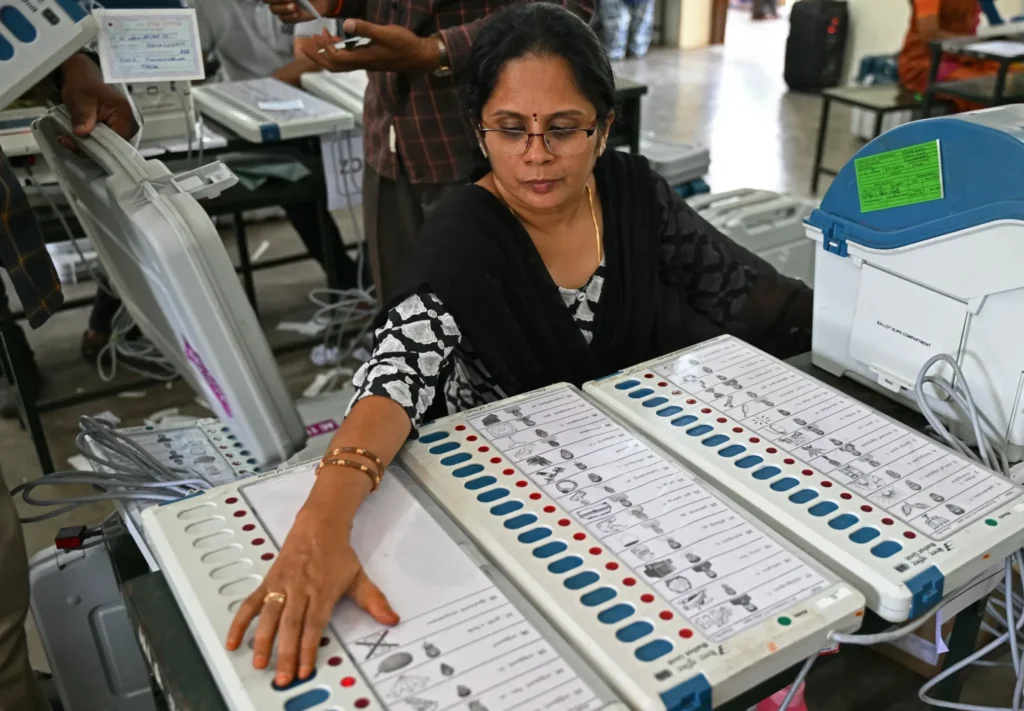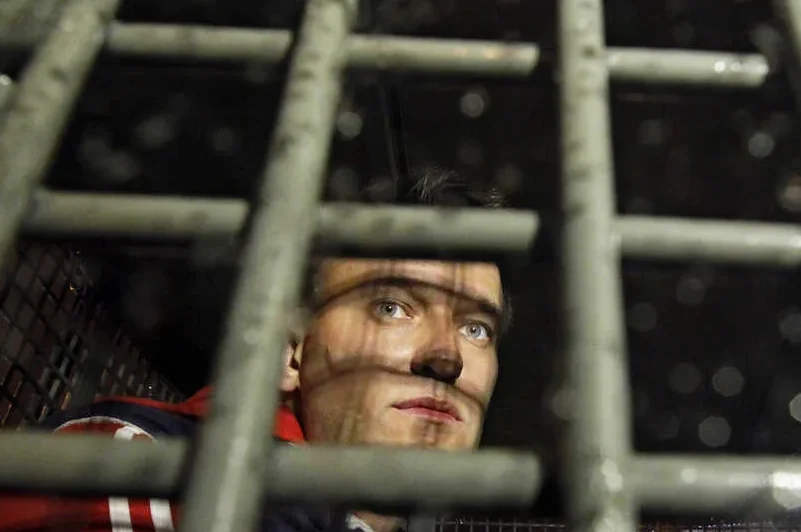Chulsin songbun model of social segregation in North Korea
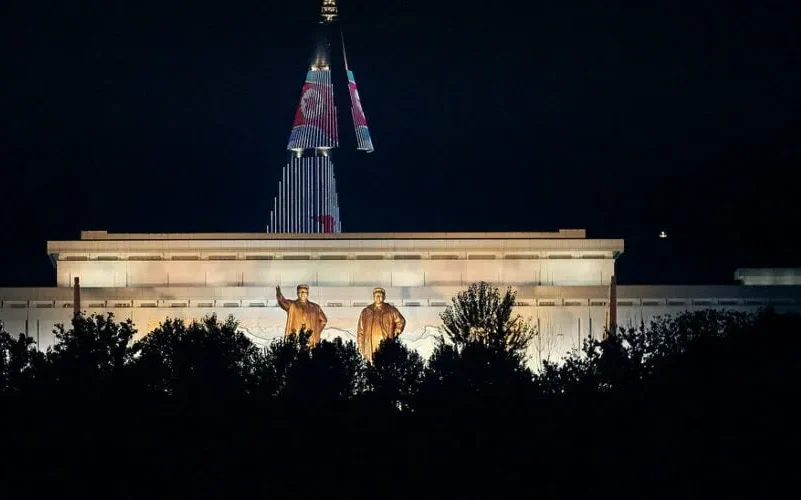
North Korea, one of the strictest dictatorships in the world, applies the chulsin songbun model of social segregation, a clear distinction between one or the other.
This model of social segregation chulsin songbun is a strict model of social classification that governs the country.
It is known as songbun – a word that means origin or ingredient in Korean and is part of the expression chulsin songbun or “family origin”.
The chulsin songbun model of social segregation conditions all aspects of a North Korean’s life: from his place of birth and the regions he can visit to his access to food and medicine, his chances of studying or the work assigned to him by the state.
But North Korea denies the existence of the chulsin songbun model of social segregation and claims that all its citizens enjoy equal opportunities under the umbrella of the socialist state.
However, North Koreans who have fled the country and experts with access to administrative documents have provided numerous testimonies and evidence of this social classification system over the years.
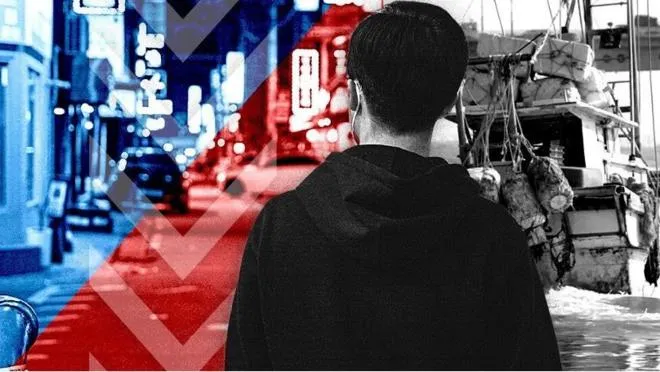
The origin of the chulsin songbun model of social segregation
In the first half of the 20th century, Korea was a country under Japanese colonial rule, heir to a Confucianist feudal society (which gave extreme importance to hierarchies) with four estates that could be broadly defined as nobles, skilled technicians, common people and outcasts.
After World War II, the peninsula passed from Japanese colonial rule to a division between the communist North, influenced by Josef Stalin’s Soviet Union, and the capitalist South, intervened by the United States.
The Korean War (1950-53) only served to consolidate this division and seal an almost impassable border between the two antagonistic states.
The founder and first president of North Korea, Kim Il-sung – grandfather of the current leader Kim Jong-un – consolidated the dictatorship of the proletariat under a system of strong Stalinist influence, with intense ideological surveillance and frequent purges.
Ex-combatants who fought against Japan or against the South, members of the Communist Party, former landless laborers and workers, among others, came to form the leadership and the privileged class in the country.
Large and small landowners, merchants, religious, people with South Korean relatives or those who fought on the other side in the war were singled out as potential traitors.
In his own way, Kim Il-sung revived and adapted to communism the Confucianist caste system of ancient Joseon, as Korea was known between the 14th and late 19th centuries.
This is the same name by which the North Korean regime officially calls itself to this day (Democratic People’s Republic of Joseon).
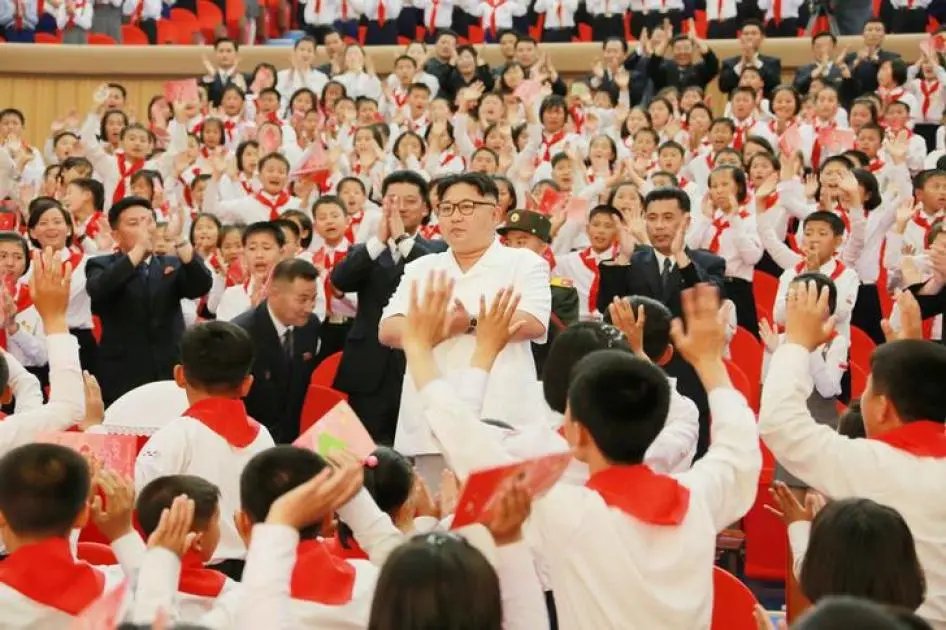
The extension of the chulsin songbun model of social segregation
It was in the 1960s when, according to experts, the North Korean government completed the exhaustive records that classify each citizen in his or her corresponding place according to his or her family history.
North Koreans of the upper “caste” are classified as haeksim – meaning “core” – and are considered trustworthy citizens loyal to the Kims.
They are descendants of those who fought against Japanese colonization and then against the South in the Korean War, members or authorities of the single party and families of working-class or peasant origin with a record of unblemished loyalty for decades.
Within the haeksim, Park explains, there is a top tier composed of families close to Pyongyang’s power circles who may even travel abroad and send their children to study in China, Russia or Europe.
Their blood is considered to be “tainted” because they are descendants of landowners, merchants, Christians or collaborators of the Japanese Empire during the occupation or of the South in the Korean War. Thus, the traditional enemies of the North Korean communist regime.
READ HERE: NEGOTIATIONS FOR A CEASE-FIRE IN GAZA SEEM TO BE ON THE RIGHT TRACK.
Information on the chulsin songbun social segregation pattern of each North Korean is stored in classified documents of the state, local administrations and the police.
The chulsin songbun social segregation pattern, Yeonmi Park explains, is an issue that all North Koreans are aware of on a daily basis, as it completely marks their lives.
They are descendants of those who fought against Japanese colonization and then against the South in the Korean War, members or authorities of the single party and families of working-class or peasant origin with a record of unblemished loyalty for decades.
Within the haeksim, Park explains, there is a top tier composed of families close to Pyongyang’s power circles who may even travel abroad and send their children to study in China, Russia or Europe.
Their blood is considered to be “tainted” because they are descendants of landowners, merchants, Christians or collaborators of the Japanese Empire during the occupation or of the South in the Korean War. Thus, the traditional enemies of the North Korean communist regime.
Information on the chulsin songbun social segregation pattern of each North Korean is stored in classified documents of the state, local administrations and the police.
The chulsin songbun social segregation pattern, Yeonmi Park explains, is an issue that all North Koreans are aware of on a daily basis, as it completely marks their lives.
READ MORE: NORTH KOREAN MISSILE LAUNCH: INTERNATIONAL CLAIM.





